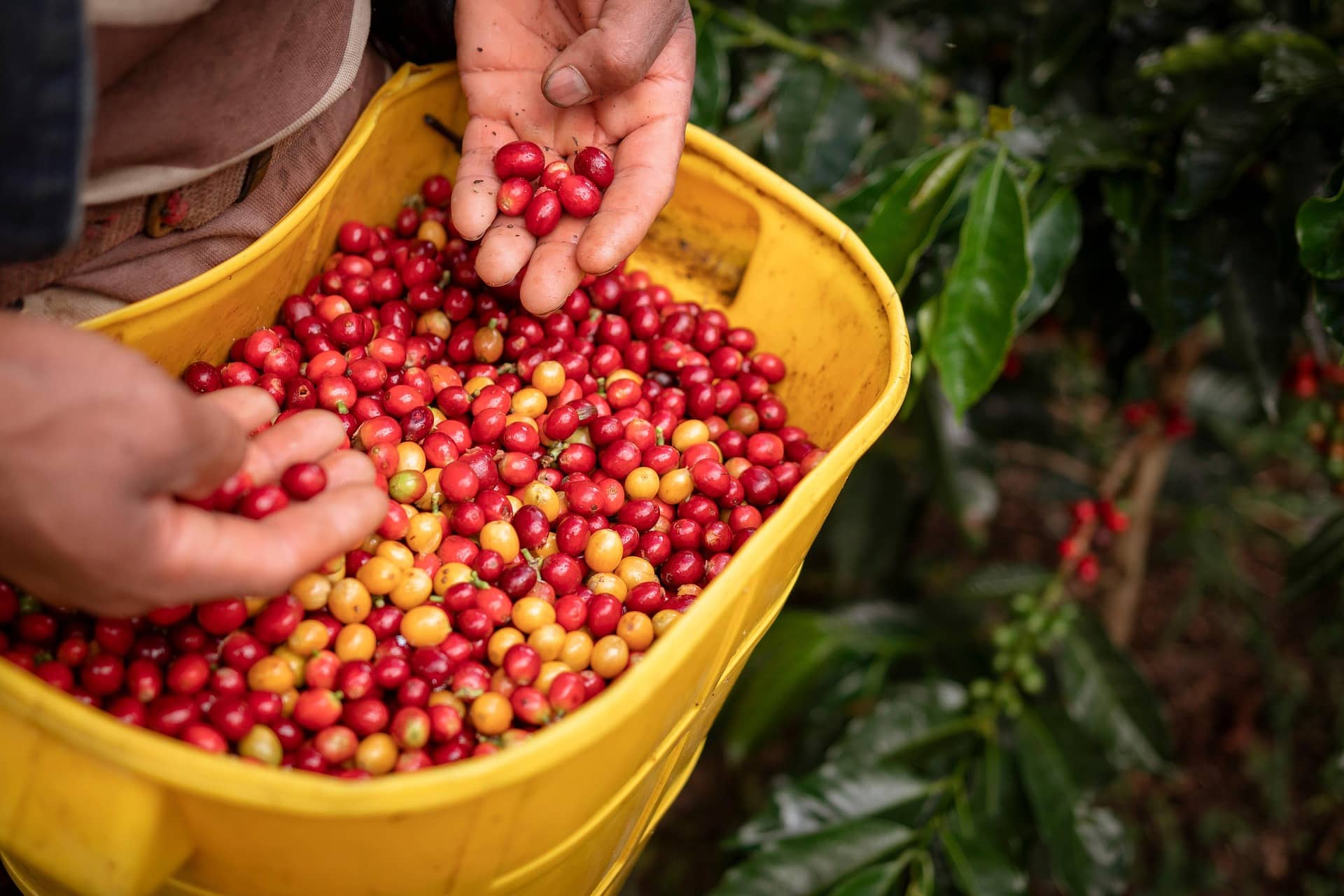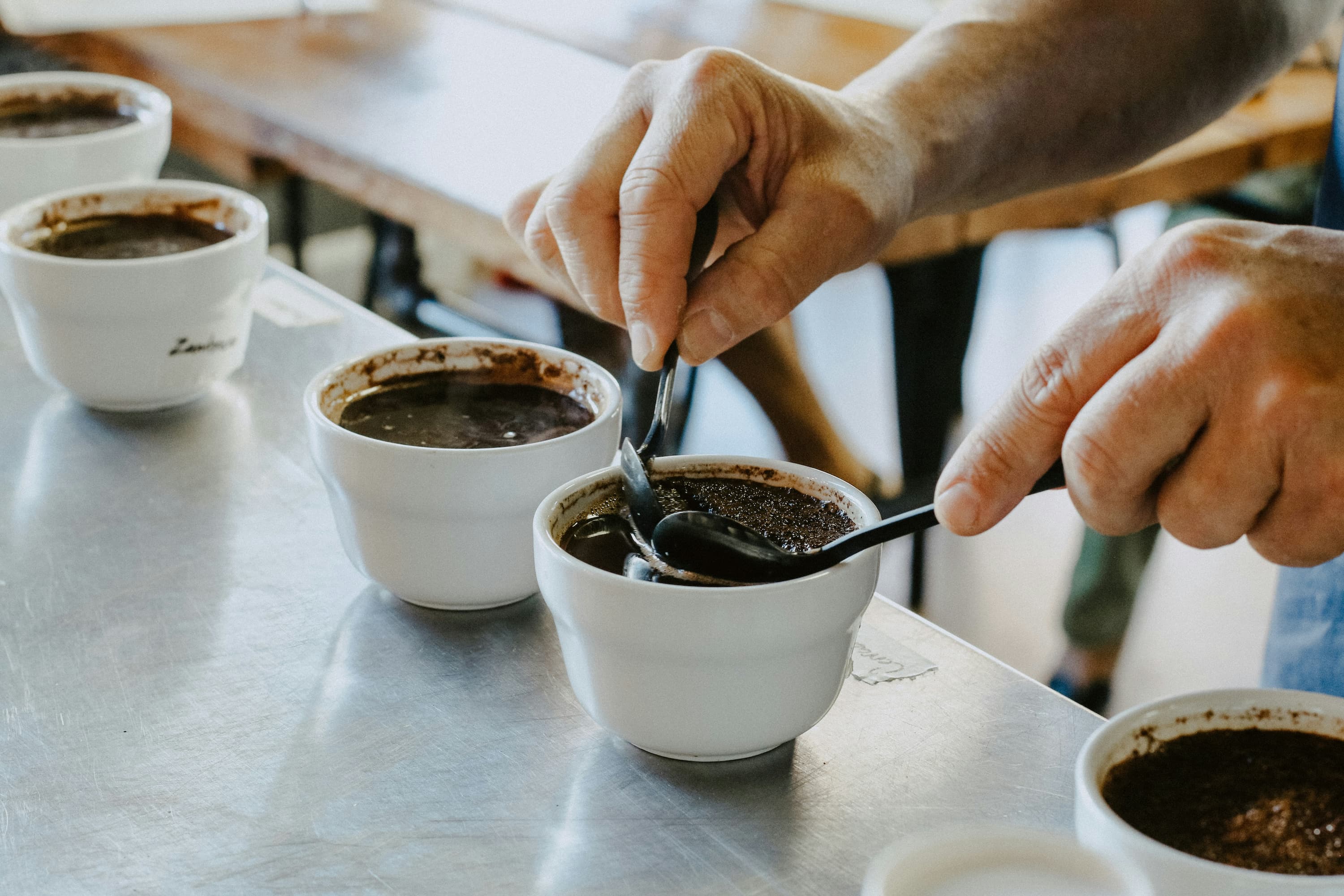
Coffee Certification Challenges
Once thought to be a straightforward incentive for producers and roasters, coffee certification challenges have become increasingly complex …

The vast majority of roasters still feature coffees with no certifications at all, and consumers have not been demanding them as a requisite for buying. So what’s happening here?
First, if you’re a coffee drinker, there are basically four buckets your next coffee could fall into when it comes to certifications and adherence to that certification’s requirements:
| The coffee: | The farm abides by certification-level requirements: | Probability: |
|---|---|---|
| Has a certification | Yes | Likely |
| Has a certification | No | Possible |
| Does not have a certification | Yes | Possible |
| Does not have a certification | No | Likely |
The reality is that even if a coffee possesses the Organic certification, as an example, it’s not guaranteed that it was cultivated in an Organic manner. And if a coffee does not possess an Organic certification, it doesn’t necessarily mean that the coffee was not cultivated using organic methods.
One reason for these gray areas is that there are some troubling oversight gaps in the certification process. Despite organic coffee consumption increasing significantly over the last decade, there’s only one compliance officer for every $9 billion in organic food sales—raising serious questions about certification effectiveness.
When you purchase your bag of roasted coffee, you might notice labels like “certified organic” or “fair trade certified” without fully understanding what they represent. And the reality behind these certifications reveals a complicated landscape.
The Fair Trade movement has expanded from approximately 20 countries in 1990 to over 60 today, indicating growing consumer demand for ethical sourcing, even as the debate rages over what “Fair Trade” actually means these days relative to its original charter. While certifications can provide price premiums and market access for farmers, many still choose to skip the certification process altogether.
The organic certification journey requires farmers to prove they haven’t used synthetic chemicals for at least three years—a process that’s often prohibitively expensive and time-consuming for small producers, even when they already follow organic practices.
Many coffee farms actively follow sustainable practices yet remain uncertified. The barriers to obtaining official designations reveal why certification remains out of reach for numerous producers worldwide.
The financial burden represents the primary obstacle preventing many farmers from pursuing certification. Initial certification fees range from several hundred to several thousand dollars, with additional annual renewal fees, assessment charges on production, and mandatory inspection expenses.
For many smallholder farmers barely earning subsistence-level revenue, estimated certification costs that go into the thousands of dollars proves financially impossible.
Even sustainable coffee farms that would meet certification standards frequently operate without official recognition because they simply cannot afford the process. Additionally, farms must undergo recertification every few years, creating an ongoing financial burden rather than a one-time investment.
Geographic isolation creates substantial barriers for many producers. Coffee farms in remote locations may struggle to schedule inspections from certified agents, and costs like transportation significantly increase certification expenses. Most inspectors prioritize larger operations due to per diem payment structures, leaving smaller, remote farms waiting for extended periods.
Certification requirements vary dramatically between programs and countries, creating confusion for producers. Different definitions of “forest” across countries complicate deforestation-free certifications, while multiple organic standards exist worldwide. As certification requirements can drive subsequent investments in the farm to satisfy the requirements, it can be difficult to even get to that cost/benefit analysis if the farmer has trouble quantifying those investments in the first place.
Despite the significant hurdles, numerous coffee farms actively pursue certification for compelling reasons. Financial incentives, market access, and environmental considerations often outweigh the substantial costs involved.
Certification opens doors to lucrative international markets where consumers value sustainable products, or at least what consumers BELIEVE are sustainable products. Given the fact that, in the US, an average coffee drinker will never visit the farms where their coffee is grown, to the extent consumers want some verification to ensure organic actually means organic, that must be delivered via a certification. A farm, importer, or roaster claiming a coffee is “organically grown” or “fairly traded” may or may not be accurate in the true sense of the certifications. Even with a certification, it may not be true, but, in a consumers’ mind, at least a certification requires some level of standardized, third-party verification.
A Fair Trade certification guarantees a minimum price for green coffee. The present-day intention behind Fair Trade is to protect farmers from from market volatility, enabling better financial planning and investment opportunities back into their communities. Similarly, organically certified coffee can provide a price premium to farmers, even though that’s not technically part of the program and it’s not always clear that on the retail side, organic roasted coffee provides any premium above conventionally-grown coffees. In fact, a surprising finding in our Q2 2025 Specialty Coffee Roaster Benchmarking Report was that in a sample of 1,761 single origin coffees, the Organic certification had a statistically significant negative effect on price, to the tune of $0.40 per ounce. For a 12 ounce bag of roasted coffee, that’s a $4.80 discount compared to non-certified coffees.
Consumer demand can be a nebulous concept, as surveys that measure this can be about anything from willingness to pay, to sentiment, to aspirational purchases. But, it’s also conventional wisdom that overall, more consumers are moving toward some level of sustainability in what they buy, including coffee. And as we’ve said, certification labels are really the only way a consumer in the US can have any measure of confidence that claims of organic or fair trade are legitimate.
Coffee producers face critical choices among numerous certification types, each affecting their market access, production methods, and profitability differently.
Organic and Fair Trade certifications represent fundamentally different priorities. The Organic certification, regulated by agencies like the USDA, focuses exclusively on environmental standards—prohibiting synthetic pesticides and fertilizers for at least three years before certification. In contrast, the Fair Trade certification centers on social justice and fair compensation, guaranteeing a minimum price for certified coffee.
Direct trade offers a relationship-based alternative without formal certification requirements. This model enables coffee roasters to purchase directly from producers, bypassing intermediaries and establishing long-term partnerships. For farmers, direct trade frequently yields better negotiated prices than Fair Trade minimums. Another key finding from our Q2 2025 Specialty Coffee Roaster Benchmarking Report was that direct trade coffees command a statistically significant price premium of about $0.50 per ounce, controlling for origin.
The Smithsonian Migratory Bird Center’s Bird Friendly certification represents the “environmental gold standard” in sustainable coffee production. This certification requires both organic certification and strict shade-grown standards, ensuring native forest-like habitats for birds. Additional benefits include these areas serving as critical carbon sinks and natural erosion controls. Though comprising merely 1% of the global market, certified Bird Friendly coffee commands premium prices in specialized markets focused on biodiversity preservation.
Behind the certification labels exists a system fraught with structural flaws that undermine its effectiveness. From financial conflicts of interest to enforcement gaps, these shortcomings raise serious questions about certification integrity.
Certification agencies operate as businesses with direct financial interest in application approvals. This creates potential conflicts that can compromise integrity, as rejected applications generate no revenue for the certifier. The more applications a certifying approves, the more money they make. Unfortunately, this financial structure means some certifications may function primarily as market making tools rather than genuine sustainability guarantees, ultimately benefiting middlemen more than farmers or consumers.
The National Organic Program faces overwhelming oversight challenges across increasingly complex global supply chains. In 2023, the USDA acknowledged that “the absence of direct enforcement authority over some entities in the organic supply chain, in combination with price premiums for organic products, presents the opportunity and incentive for organic fraud”.
Until recently, many handlers in organic supply chains operated without certification requirements, creating significant blind spots in regulatory oversight. As of 2025, with the current US administration following through on significant spending and personnel cuts across the federal workforce, an already strained oversight level for organic compliance is likely to become even weaker.
Coffee certification represents a double-edged sword for producers worldwide. Despite its benefits, the decision to pursue certification remains deeply individual, shaped by economic realities, geographic location, and market access. Therefore, understanding these nuances helps explain why certification rates remain relatively low despite growing consumer demand. Additionally, certification costs disproportionately burden smaller producers—those who often already practice sustainable methods out of necessity rather than choice.
The certification landscape continues evolving, with Lightyear’s own data and analysis showing that direct trade relationships represent the best outcomes for farmers and roasters, and that organic coffees don’t necessarily fetch a higher price as is commonly believed. Consequently, many farmers now prefer relationship-based approaches that avoid certification bureaucracy while still commanding premium prices. Though certifications like Fair Trade and Organic offer valuable market recognition, their effectiveness ultimately depends on strengthening oversight mechanisms, addressing structural inequities, and communicating its value to consumers.
Undoubtedly, certification systems require substantial reform to better serve their intended purpose. Strengthened traceability, reduced financial barriers for smallholders, and improved oversight would significantly enhance certification credibility. Nevertheless, certifications still play a vital role in driving sustainable practices across the coffee industry. They also provide a common language that consumers understand, one of the only ways for legitimate sustainable and eco-friendly practices to be communicated to consumers hundreds or thousands of miles away. Before making your next coffee purchase, consider looking beyond labels to understand the actual impact of your buying decisions on farmers and their communities.
Coffee certification, while imperfect, still represents an important stepping stone toward a more equitable and sustainable coffee future. Your awareness of these complexities makes you a more informed consumer, able to support coffee producers through thoughtful purchasing decisions that align with your values.

Once thought to be a straightforward incentive for producers and roasters, coffee certification challenges have become increasingly complex …

Each quarter in our benchmarking report, we analyze a broad sample of single origin coffees from hundreds of small roasters …

You read tasting notes because they promise an experience. Yet the language on coffee bags often feels repetitive …
